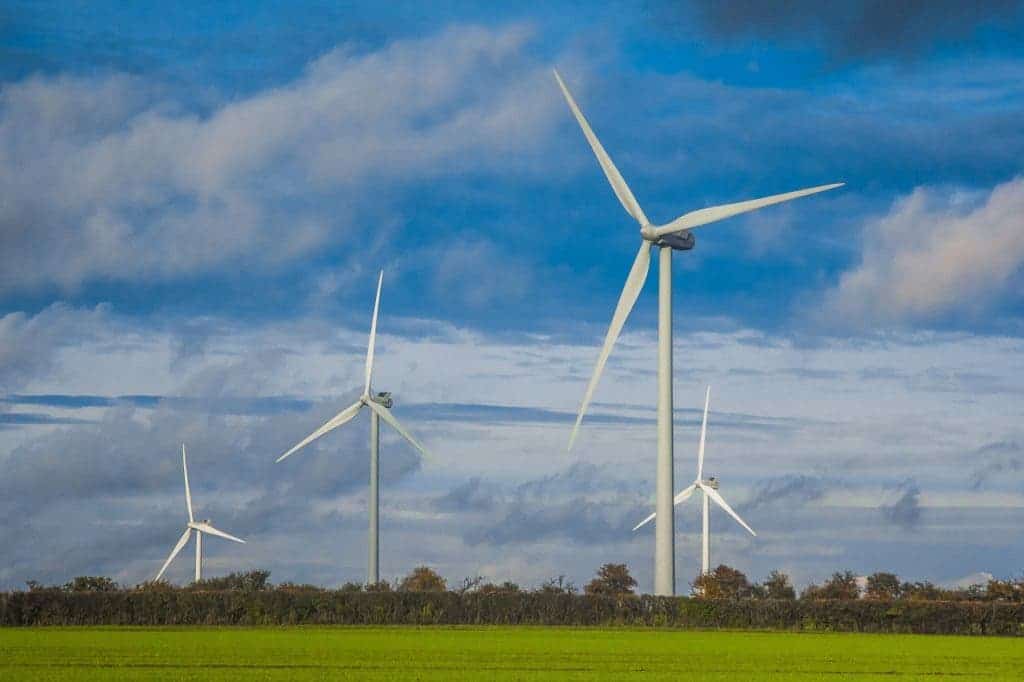Clean energy is gaining strength in the United Kingdom, with electricity generated from wind, solar and hydroelectric plants beating out fossil fuel plants as the top source of power during a three-month period for the first time in over a century.

A report by the climate news site Carbon Brief showed that between July, August, and September, renewable energy sources generated about 29.5 terawatt-hours compared to just 29.1 terawatt-hours generated from fossil fuel sources
This showed that the three summer months were the first quarter where renewable power generation outpaced fossil fuel power in the United Kingdom since the country opened its first public electric power station in 1882.
Of the energy produced last quarter, 20% came from wind, 12% from biomass (which isn’t a perfect source) and 6% from solar. Wind power recently got a boost from farms like the Hornsea One, East Anglia One, and Walney Extension.
The strong shift toward renewables is striking, especially considering the country’s past. In 2010, fossil fuels accounted for more than 10 times the amount of electricity than renewables, according to the analysis.
Today electricity generation from fossil fuels has halved, according to the report, with electricity derived from coal, oil, and gas down from 288 terawatt-hours to 142 terawatt-hours in the most recent 12-month period.
The report attributed the shift to shrinking demand due to efficient electric grids and the growth of renewable capacity paired with falling energy costs. The trend is the first sign that the country, which has recently vowed to adopt net zero gas emissions by 2050, is heading in the right direction.
The analysis doesn’t touch on the fact that most of the UK’s carbon emissions come from its transportation sector. The country has pledged to make improvements there, too. It previously committed to banning the sale of fossil fuel cars by 2040
A strong shift
It’s been an eventful year for carbon-free energy in the UK. First, Great Britain went a week without coal for the first time since the Industrial Revolution. The milestone is largely symbolic but reflects how the world can increasingly operate without the dirtiest fossil fuel.
“As more and more renewables come onto our energy system, coal-free runs like this are going to be a regular occurrence,” Fintan Slye, National Grid’s director, said in a statement. “We believe that by 2025 we will be able to fully operate Great Britain’s electricity system with zero carbon.”
Then the country fired up the world’s largest offshore wind farm. The first workers were shuttled 75 miles off the east coast from Grimsby, UK, to the Hornsea One wind farm, which is partially operational. When it comes fully online next year, it will be capable of generating enough electricity to power a million homes.
At the same time, in the first half of 2019, Scotland generated enough wind energy to power its homes twice, and it’s working to build a massive battery to store some of its excess wind power.


